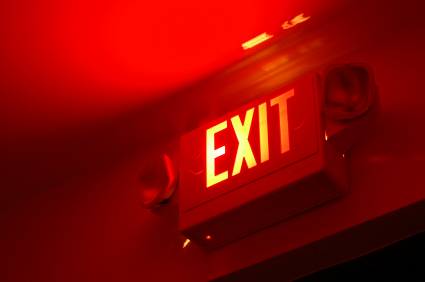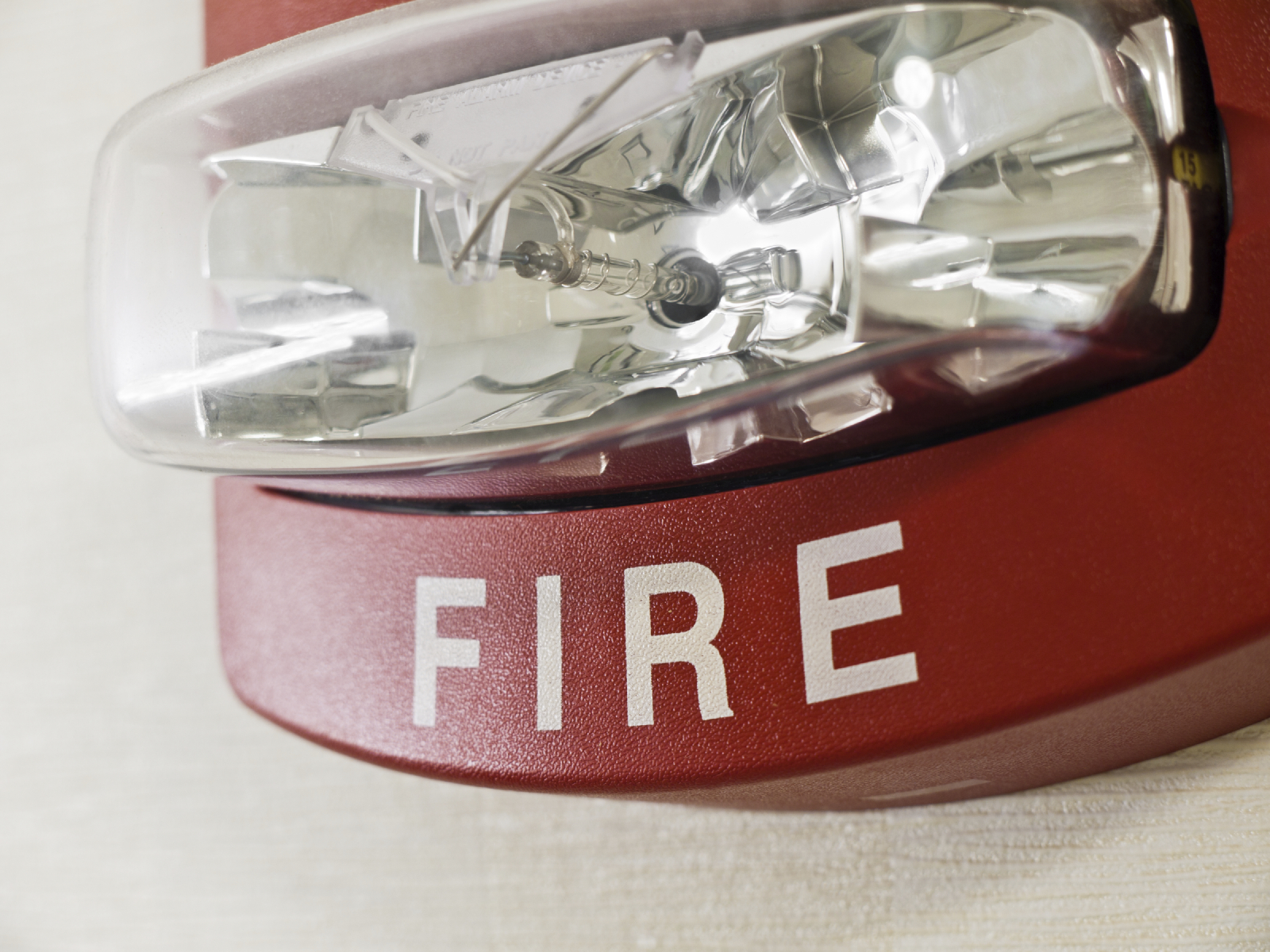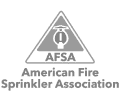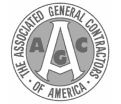What Are Fire Alarm Strobe Light Location Code Requirements?

The Americans with Disabilities Act of 1990 led to the development of building, fire, and life safety codes that dictate whether you need to install strobe lights. Then, the National Fire Protection Association provides codes for mounting height, brightness, location, and synchronization. Here’s a breakdown of those requirements, which you can use to assess the code compliance of your Houston building.
Sleeping Area Requirements
NFPA 72 requires strobe lights with a luminous intensity of 110 candelas (cd) to be installed on the wall of sleeping areas at least 24 inches from the ceiling. For 177 cd strobes, the lights must be installed no more than 24 inches from the ceiling. The light must also be within 16 feet of the head of the bed.
Only a small portion of sleeping areas in a place of lodging are required to have strobe lights:
- For buildings with up to 100 rooms, one in every 25 rooms must have a strobe light.
- For buildings with 101 to 150 rooms, five rooms must be equipped with strobe lights.
- For buildings with 151 to 200 rooms, six rooms must be equipped with strobe lights.
- For buildings with 201 to 300 rooms, seven rooms must be equipped with strobe lights.
- For buildings with 501 to 1,000 rooms, 2% of the rooms must be equipped with strobe lights.
- For buildings with more than 1,000 rooms, 20 rooms must be equipped with strobe lights. One additional equipped room is required for every 100 rooms over 1,000.
Non-Sleeping Area Requirements
Most commercial buildings deal with non-sleeping areas. Here, NFPA 72 height requirements are strobes must be installed 80 to 96 inches above the finished floor and 6 inches from the ceiling. Ceiling-mounted strobes are permitted on ceilings that are no higher than 30 feet.
The size of the non-sleeping area dictates the number of strobes required:
- A 20’ by 20’ room must feature one 15 cd strobe light.
- A 30’ by 30’ room must feature two 15 cd strobes or one 30 cd strobe.
- A 40’ by 40’ room must feature two 30 cd strobes or one 60 cd strobe.
- A 50’ by 50’ room must feature two 60 cd strobes or one 95 cd strobe.
- A 60’ by 60’ room must feature two 95 cd strobes or one 135 cd strobe.
- A 100’ by 100’ room must feature three 95 cd strobes, two 240 cd strobes, or one 375 cd strobe.
Hallways & Corridor Requirements
As building occupants leave rooms and enter corridors during an evacuation, they should be greeted by more strobe lights. NFPA 72 requires strobes installed in hallways and corridors to be visible from anywhere. The code states these specific requirements:
- Strobes must be installed no further than 100 feet apart down the length of a hallway.
- Strobes must be located within 15 feet of either end of a hallway.
- If a corridor turns, it must have strobe lights at each end so they can be seen from either direction.
Design & Install a Fire Alarm in Houston, TX
Whether you need fire alarm design and installation services or you’re concerned about your building’s code compliance, Kauffman Co. can help. We offer a wide range of fire protection services designed to help keep your building safe and compliant. Contact us today to schedule the fire protection services you need in the Houston area.
services from Kauffman
















